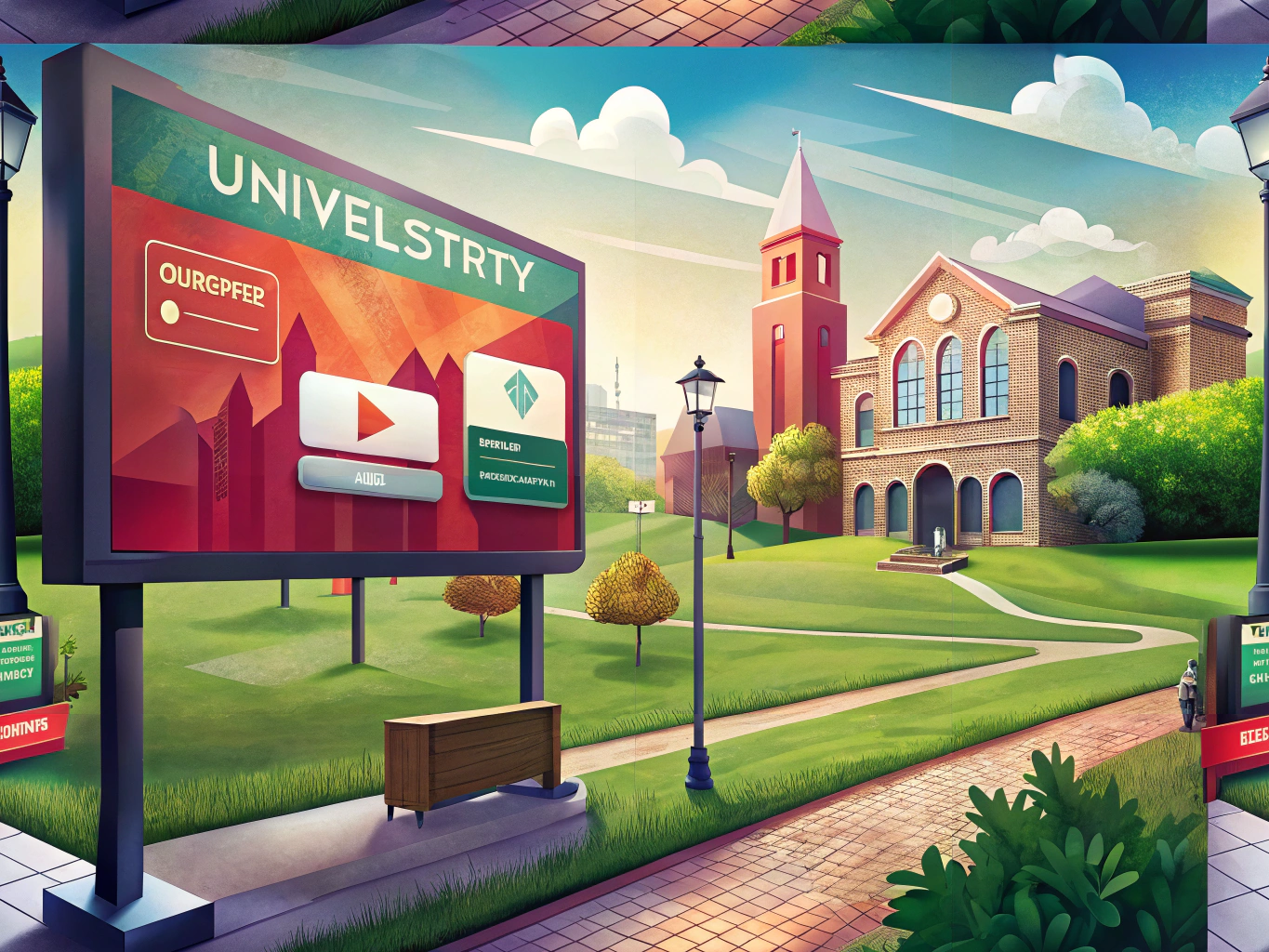
Digital Signage vs. Traditional Signage: Which is Right for You?
When it comes to attracting attention and conveying your brand message, signage plays a pivotal role. In today’s competitive market, businesses are faced with a choice: invest in digital signage or rely on traditional methods. This article explores the differences, benefits, and considerations of each approach to help you decide which is the right fit for your business.
Digital Signage: Modern, Dynamic, and Engaging
Digital signage uses electronic displays to show content that can be quickly updated and changed in real time. It is perfect for businesses that need to share dynamic information such as promotions, news, or real‐time updates.
- Flexibility: Easily update content remotely whenever needed.
- Engagement: Incorporate multimedia elements like video and animations to capture your audience’s attention.
- Long-term Cost Efficiency: Though initial investment may be higher, digital signage can reduce recurring printing costs over time.
For additional insights on innovative signage, check out our innovative custom signage solutions.
Traditional Signage: Timeless, Tangible, and Trustworthy
Traditional signage encompasses static displays such as banners, posters, and printed signs. This tried-and-true method offers a tangible, lasting presence that reinforces your brand identity.
- Durability: Constructed with robust materials designed to withstand the test of time.
- Simplicity: No requirement for electrical power or complex installations.
- Brand Reliability: Enhances a consistent and permanent brand presence.
Key Considerations for Choosing the Right Solution
The decision between digital and traditional signage depends on your specific business needs and strategic priorities. Consider these points when making your choice:
- Content Update Frequency: If your information needs frequent updates, digital signage provides a clear advantage.
- Audience Interaction: Digital displays can integrate interactive features to engage users directly, while traditional signage delivers a consistent message.
- Installation & Maintenance: Traditional signage may incur ongoing upkeep costs due to environmental wear, whereas digital solutions require technical maintenance.
Conclusion
Both digital and traditional signage offer distinct benefits. Digital signage delivers agility, dynamic content, and interactive capabilities, making it ideal for businesses that require continual content adjustments. On the other hand, traditional signage provides a reliable, timeless presence that reinforces your brand identity over the long term.
Ultimately, your choice should be guided by your business objectives, budget, and the atmosphere you wish to create. Evaluate your priorities carefully to determine which signage solution best aligns with your vision.
Learn more about how custom signage can elevate your brand by exploring our range of custom signage solutions.
Additional Resources
To stay current on the latest trends and innovations in digital signage, visit
Digital Signage Today,
a premier resource dedicated to digital signage technology and industry insights.





Add a comment